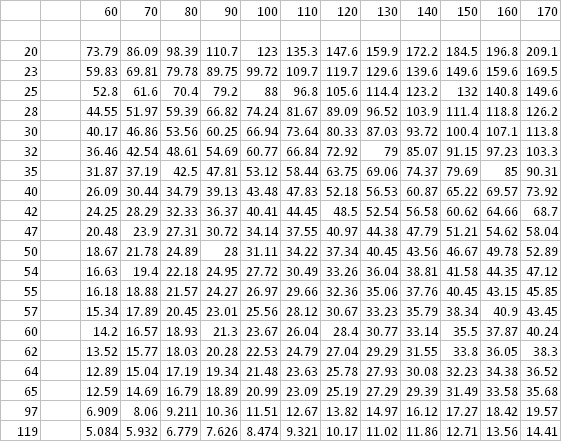Similar systems of cultivation underlie many programs that enhance our abilities to engage effectively with the world. Science consists of theory, experiment, and application. Science, though, is generally more of a collective enterprise.
Consider the training of the pilot of a sophisticated modern aircraft. Certainly a prospective pilot must study the operating instructions for the aircraft, to understand the functions of the various controls and to understand how the aircraft is likely to respond under various conditions. This theoretical understanding is far from sufficient, of course, for becoming a qualified pilot. Nowadays no pilot goes in one step from book knowledge to actual flight. Flight simulation has become an essential training tool. A novice pilot can gain considerable experience in the simulator, tuning their responses to situations and their understanding of how those responses will affect the direction in which the situation will evolve. Not only does the simulator avoid the enormous costs in lives and equipment that can result from pilot errors, but the simulator can also bring up situations that are gradually more challenging. A pilot can practice the difficult maneuvers required to respond to very rare situations that they will likely never encounter. Hundreds of lives can be saved, though, when such challenges are skillfully met.
These three modes of practice do not simply follow a sequence that starts with view, then moves to meditation, and finally blossoms in action. Experienced pilots regularly return to the simulator to tune their effectiveness. Situations come up that take them back to the operating instructions, to look for better ways to work with the aircraft controls.
It is a core principle of Buddhism that our enemies are like a treasure because they give us opportunities to practice patience. The highest goal in Buddhism is to dedicate ourselves to benefiting others. Is it not then contradictory to guide practitioners to meditation and retreat? In retreat we have removed ourselves from direct engagement with others. We turn inwards instead. Does that mean that we are to let go of our goal of benefiting others?
The analogy with an airline pilot should help clarify the superficial contradiction. If an airline pilot wishes to transport passengers, wouldn’t using a flight simulator contradict that intention? Of course not! Training in a flight simulator is what gives a pilot the ability to transport passengers! Then again, it is not sufficient simply to sit in the flight simulator and play around with the controls in an undisciplined fashion. Merely spending time in a flight simulator is not sufficient. Similarly, just spending time on one’s meditation cushion or in a cave up on the side of a mountain, these are no guarantee of an enhanced ability to benefit beings. But, properly applied, meditation and flight simulators can be invaluable training tools.


















